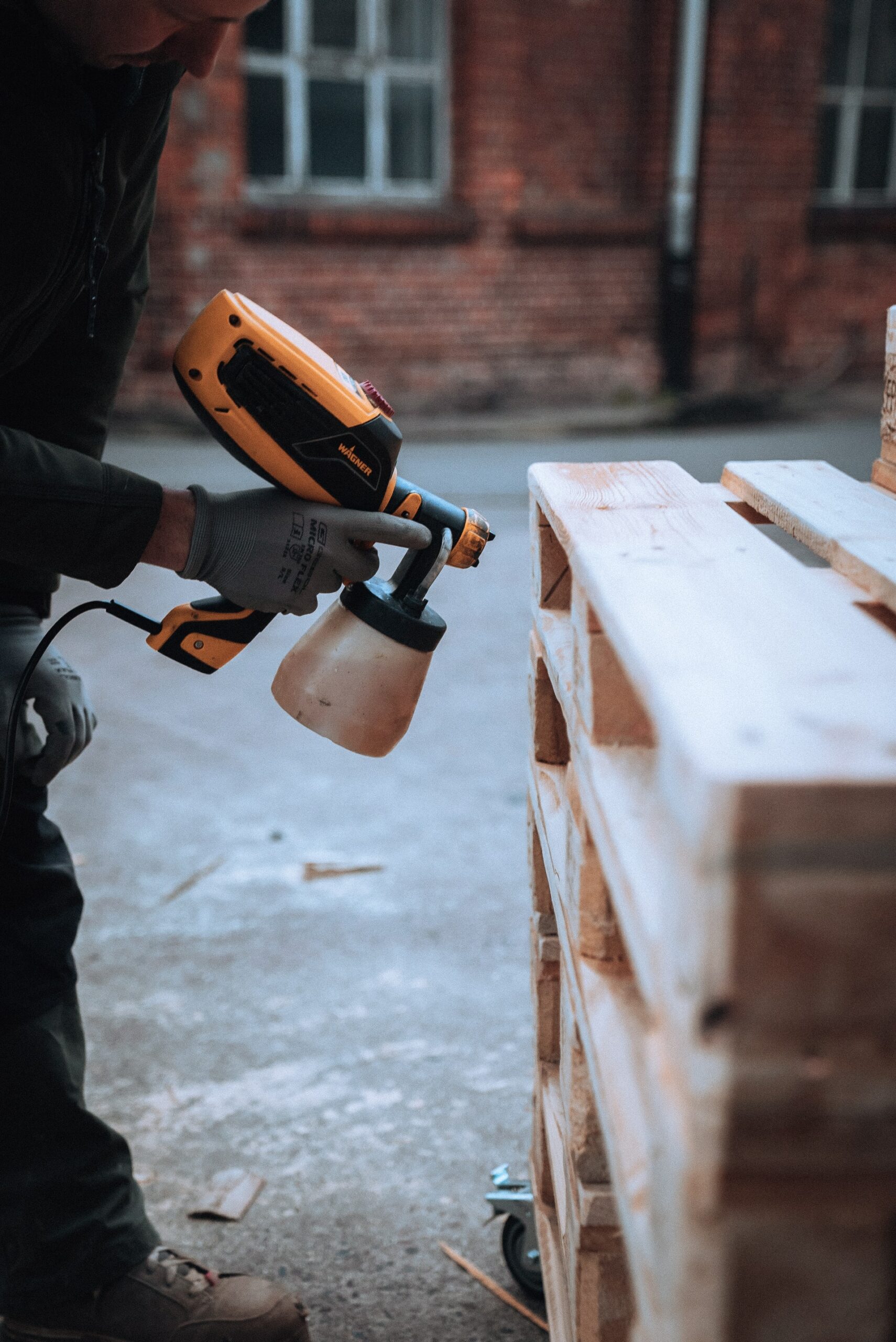
Latex vs Oil vs Shellac Primer
Regardless of how many coatings of paint you use, finished walls seldom appear perfect if the wall surface hasn’t been made ready with primer first. So, how will you know the correct one suited for the project?
Paint Primer on Primers
A primer is a unique kind of paint that is applied prior to the finishing paint coating. Primers act as the base of your paint job and can be used on concrete, drywall, metal, and wood. Regardless if you’re painting exterior or interior surfaces, primers see to it that the paint surface has a perfect, homogenous texture (slightly coarse) so that paint sticks to it effectively. Additionally, painting porous surfaces and it stops stains and previously used colours from appearing under your paint coating. They also assist in evening out walls after you’ve done a spot patch and repairs.
Although paint can be used on an already painted area without using priming, it’s often better to use a primer to make your job durable and lasting. When you’re already dealing with painted surfaces, priming is integral if you’re shifting paint types. For instance, changing from latex paints to oil-based paints and vice versa, or altering colours haphazardly. What’s more, if the paint is crumbling or cracking or there’s surface damage, priming can remove any issues with your paintwork (after making repairs and prepping the surface).
Primers are suitable for exterior paint surfaces, interior surfaces, metals, and in certain tints. Interior primer acts as a sealant, increase adhesion and form a homogenous surface for walls, etc. Exterior wood primer reduces cracking and growth of mildew, and safeguard masonry surfaces from efflorescence and alkalinity. Exterior primers are available in particular formulas for use on metal, masonry or wood. Metal primers offer a tight link between the topcoat and the surface and prevent corrosion. Tinted primers better the final result of your painting job; they work in tandem with the finish coating colour to increase colour accents for an appealing job.
Latex
Latex primers connect properly with old wood or bare wood that has undergone sanding and is in working order. They stay flexible after drying, which permits them to shift with exterior wood during contraction and expansion. Latex primers are made to leave a smooth film atop a smooth area. But you should note that that film won’t get the desired result if the temperature is under 50°F or above 90°F. Latex paint doesn’t achieve the desired result on damaged or weathered wood. They also don’t block the tannins or the knots in redwood and cedar, and they increase wood grain compared to shellac-based or oil-based paint. Use water for the cleanup.
Oil Based Primer
Oil based primer works well compared to latex primer when it comes to sealing nail heads, blocking tannin bleeding, covering knots in uncovered wood as well as dealing with other stains. They also work well when it comes to sealing exposed window muntins that will be encompassed with oil-based window putty. Oil-based primers permeate wood more comprehensively compared to latex primers, making them ideal for getting ready weathered wood for painting. The best permeation is attained by a slow-drying primer, however, the price to pay is an extended wait period before doing the topcoating. If speed is more of a priority compared to extent of penetration, oil-based primers can undergo topcoating in 1 or 2 hours. As time lapses, oil-based primers tend to harden, which can prove to be an issue when dealing with exterior applications. As the wood below contracts and expands, the primer stays rigid, weakening the bond between the topcoat and the wood. Use spirits for the cleanup.
Shellac Primers
Given how the solvent used in shellac-based primers is denatured alcohol, they essentially kill bacteria that give off particular odours. They are also ideal when it comes to covering heavy stains and knots. Considering that shellac primers tends to soften when exposed to extreme temperatures, its usage on exterior surfaces is constricted to spot-priming. Alternatively on the thermometer, shellac-based solvents fall under a special category as the only primers that can be used in freezing temps. Although they don’t permeate wood with depth, they are the quickest-drying primers on the market. Use ammoniated detergent or denatured alcohol for the cleanup.

